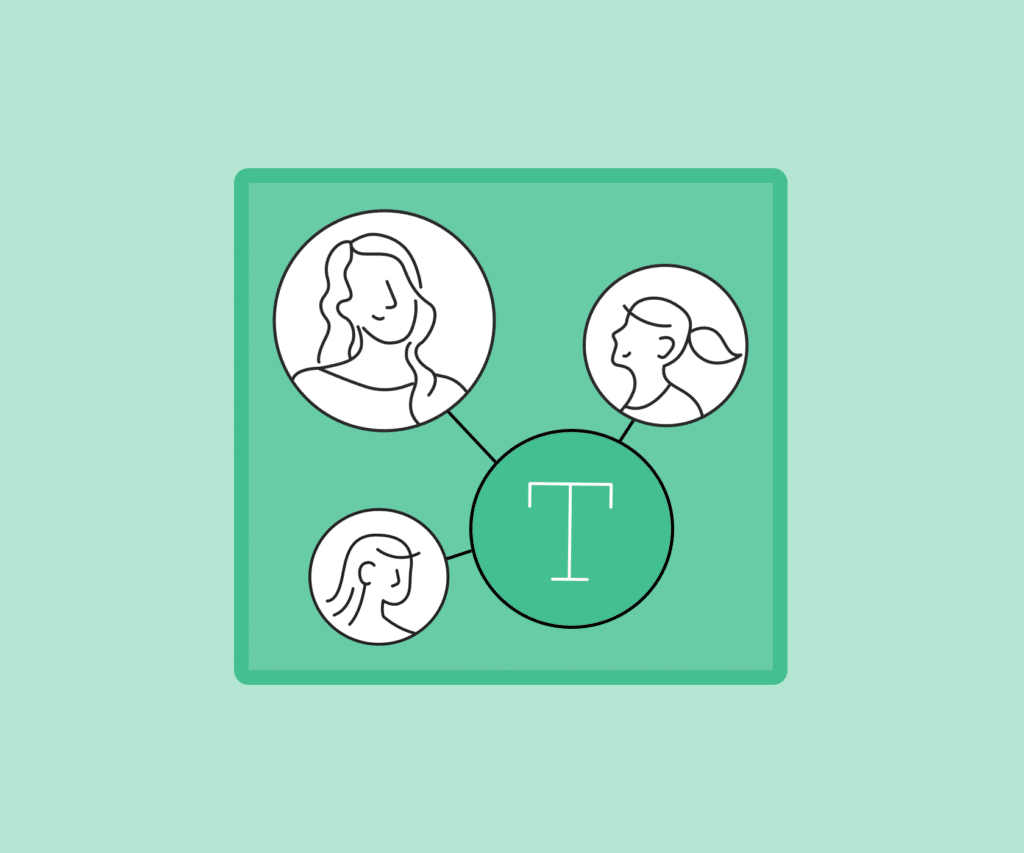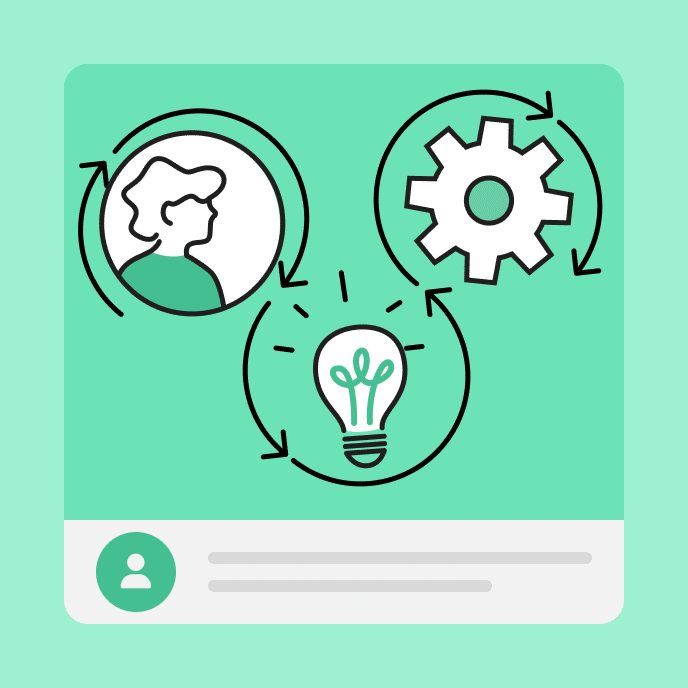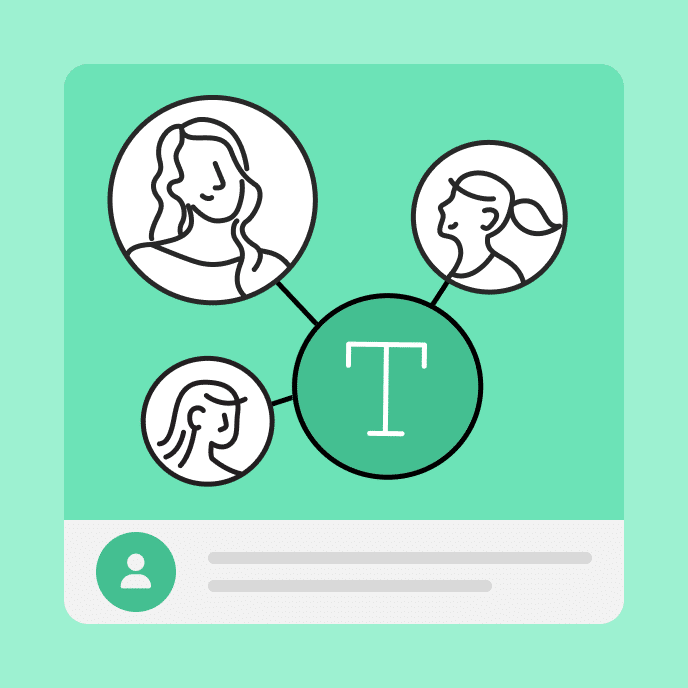Transform E-Learning With Outcome-Based Approaches
Transform your e-learning by focusing on measurable outcomes rather than content. Create training that develops real-world skills instead of just delivering information.

Why your training isn’t working (and how to fix it)
Most training starts with good intentions but falls short of meaningful results. When we focus too much on content and completion rates, we miss what really matters: can learners actually do something new or better?
Let’s explore how outcome-based learning transforms ineffective courses into powerful skill-building tools.
The problem with content-centered training
Training often fails because we pack it with information without a clear purpose. This typical scenario might look familiar:
HR creates a comprehensive “Management 101” course with modules covering theories, styles, structures, policies, and project management basics. Everyone completes it, but months later, new managers still struggle with team conflicts, miss deadlines, and can’t answer basic policy questions.
The disconnect happens because knowing something doesn’t automatically translate to doing something. Training success isn’t just about exposure to content—it’s about changing behavior.
How outcome-based learning changes everything
Instead of starting with what to teach, outcome-based learning begins with what learners should be able to do. This simple shift transforms your entire approach.
Start with clear performance targets
Ask yourself: “After this training, what should my learners actually do differently?” For new managers, this might include:
- Resolve team conflicts effectively
- Allocate resources to meet project deadlines
- Provide clear direction that maintains team morale
- Apply HR policies correctly in daily situations
These concrete outcomes drive everything else in your design process.
Design focused content and activities
With clear targets, you can create focused learning experiences:
- Replace “History of Management Theory” with “Conflict Resolution Strategies” featuring role-playing exercises
- Swap “Types of Management Styles” for “Project Planning and Resource Allocation” with simulation activities
- Transform “Organizational Structures” into “Team Motivation and Goal Setting” using real case studies
- Turn “Basic HR Policies” into “Practical Application of HR Policies” with scenario-based challenges
The key here is that each piece of content now has a clear purpose linked to real-world performance.
Implement authentic assessments
Measure what matters through meaningful practice: Look beyond simple knowledge checks to see if skills are actually improving. Design assessments that require learners to demonstrate mastery in contexts that mirror their real work environment.
- Use conflict simulations instead of multiple-choice quizzes
- Create project planning exercises with actual company data
- Gather team feedback on clarity and direction
- Test policy application through realistic scenarios
These assessments close the gap between learning and doing.
Why this approach works better
Outcome-based learning delivers better results for five key reasons:
Relevance: When you link content directly to performance goals, learners immediately understand why they’re learning something. This boosts engagement because they see the connection to their actual work challenges.
Better retention: People remember what they practice. Role-playing a conflict resolution strategy creates “aha!” moments that stick far better than just reading about theories.
Practical application: The gap between knowing and doing narrows when learners practice skills in realistic scenarios. They’re not just learning about project management—they’re experiencing it.
Efficiency: Instead of sitting through hours of potentially irrelevant content, learners engage with focused, practical training. This respects their time and your resources.
Easier evaluation: Clear outcomes make it simpler to assess training effectiveness. You can directly measure improvements in the behaviors you targeted rather than just completion rates.
Key takeaways for better e-learning design
Focus on outcomes, not just content. Define what learners should be able to DO after your course, then design backward from those targets. Create practice opportunities that mirror real-world challenges, and assess performance rather than just knowledge. Your e-learning will transform from information delivery to genuine skill development.
Ready to start? Look at your current projects and ask: “What should learners actually be able to do differently after this training?” Let that answer guide everything else.
You may also like

The ADDIE Model: 5 Steps to Effective Workplace Training
Explore the five phases of the ADDIE Model, and learn how to apply them for an adaptable, iterative approach to creating relevant workplace training.

